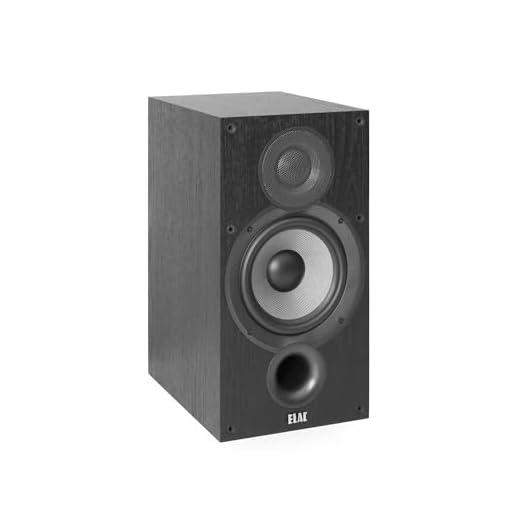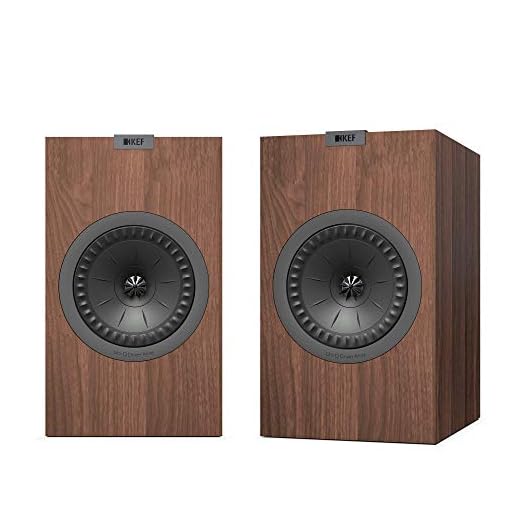Most people never see a crossover. It’s tucked inside the cabinet, buried in the shell, hidden behind the drivers that get all the glory. But if you’ve ever wondered why some speakers sound like a live performance and others like a cardboard cutout, the answer often lies in the crossover.
This post is a gentle invitation to understand what a crossover is—not in terms of circuitry, but in terms of its role in music reproduction. Whether you’re listening through large multi-driver speakers or compact in-ear monitors, the crossover is the unsung hero of sonic clarity.
🏠 In Speakers: The Conductor Behind the Curtain
In multi-driver speakers, the crossover acts like a conductor in an orchestra. It doesn’t make sound itself—it directs it. It takes the full-range signal from your amplifier and splits it into frequency bands: low for the woofer, mid for the midrange driver, and high for the tweeter.
Without a crossover, each driver would try to play everything. The woofer would struggle with treble, the tweeter would distort with bass, and the midrange would get lost in the chaos. A good crossover ensures that each driver plays only what it’s built for.
But it’s not just about protection—it’s about poetry. A well-designed crossover shapes how instruments blend, how vocals sit in the mix, how the soundstage unfolds. It’s the difference between hearing a song and feeling it.
🎧 In Earphones: Miniature Mastery
In high-end earphones and IEMs (in-ear monitors), the crossover plays the same role—just in miniature. These tiny devices often contain multiple drivers: balanced armatures for mids and highs, dynamic drivers for bass, sometimes even electrostatic tweeters.
To make these drivers work together, manufacturers embed miniaturized crossovers directly into the shell or wiring. These crossovers route frequencies precisely, ensuring that each driver contributes without stepping on the others.
In genres like Irish folk or live acoustic recordings—where layering and intimacy matter—a good crossover can make the difference between a vocal that feels present and one that feels distant.
🧠 Why It Matters: Beyond Specs
Crossover design isn’t just technical—it’s philosophical. It reflects how a manufacturer thinks about music, about coherence, about emotional texture. Some brands treat the crossover as a cost-cutting opportunity. Others treat it as sacred.
Danny Richie of GR Research is one of the most vocal critics in this space. He’s known for tearing down factory-made speakers and exposing what he sees as poor crossover design—even in respected brands like KEF and ELAC. His view is simple: great drivers are wasted without a great crossover.
We’ll include his perspective below as a pop-out section, not to undermine our recommendations, but to invite deeper curiosity.
💸 Four Recommendations with Crossover Integrity
Here are four picks—two speakers and two earphones—that offer excellent crossover performance for the price. These aren’t the only good options, but they’re a great place to start.
| Product Name | Type | Crossover Role & Strength | Price Range |
|---|---|---|---|
| ELAC Debut 2.0 B6.2 | Speaker | Smooth transition between woofer and tweeter; wide soundstage tuned by Andrew Jones | ~$350–$400/pair |
| KEF Q350 | Speaker | Uni-Q array with integrated crossover for coherent imaging and natural placement | ~$700–$800/pair |
| Kiwi Ears Quartet | IEM | Hybrid setup with clean separation; ideal for vocals and rhythm-driven genres | ~$110 |
| ThieAudio Hype 4 | IEM | Sophisticated crossover managing 6 drivers; studio-grade layering and tonal balance | ~$399 |
A little detour off the beaten path of mass-produced speakers
🧪 Special Mention: PUV-W3 Passive Crossover Module
For DIY enthusiasts, the [PUV-W3 crossover module] deserves a nod. It’s a 3-way passive crossover designed for custom speaker builds. It splits the signal into bass, midrange, and treble bands, routing each to the appropriate driver.
It’s not a speaker—it’s a component. But it’s a reminder that great sound isn’t just about what you buy. It’s about what you build, what you tune, what you care about.
🎧 Final Thoughts: The Art of Division
A crossover doesn’t add sound—it subtracts. It removes what doesn’t belong. It’s an act of restraint, of clarity, of editorial hospitality. And in that subtraction, it creates harmony.
Whether you’re curating a vinyl collection, building a speaker, or choosing your next pair of earphones, remember: the crossover is where the magic happens. It’s the quiet genius behind the music.





